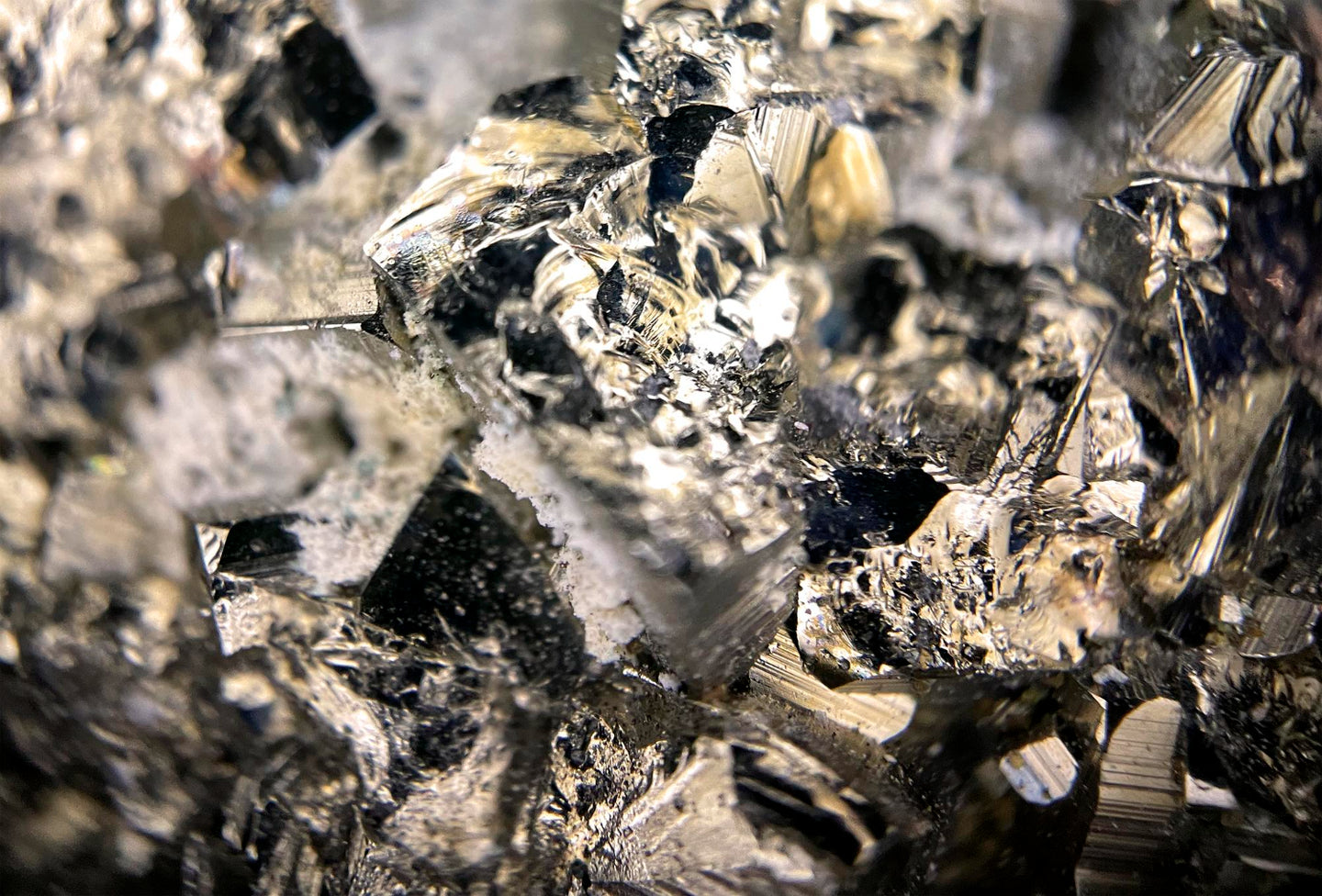Welcome to C01Jewels
What is the difference between a lab-grown diamond and a natural diamond?

What differentiates a natural diamond from a lab-grown diamond is associated with several factors:
Origin
While natural diamonds are formed in the Earth's mantle under extreme temperatures and pressures and are brought to the surface through volcanic eruptions, lab-grown diamonds, also known as lab-grown diamonds, are created artificially under controlled conditions in growth chambers. These diamonds are produced using techniques that replicate the natural process of diamond formation.
Training Time
While natural diamonds take millions or even billions of years to form in the Earth's mantle, lab-grown diamonds can be created in just weeks or months using advanced diamond synthesis technologies.
Cost
Natural diamonds are more expensive than lab-made diamonds, especially the higher quality and larger ones.
Lab-created diamonds tend to be more affordable than natural diamonds, especially for stones of similar size and comparable quality.
Purity and Quality
The quality and clarity of natural diamonds can vary greatly depending on the conditions in which they were formed and the presence of inclusions and defects.Lab-grown diamonds can be synthesized with very high levels of purity and quality, as the growth conditions can be precisely controlled.
Environmental Sustainability
Mining natural diamonds can have significant impacts on the environment, including cutting down trees, shifting land, and consuming water and energy.
Lab-grown diamonds are considered a more sustainable choice as they do not require the extraction of natural resources and can be produced more efficiently.
In short, while natural and lab-created diamonds may share visual and chemical aspects, they differ substantially in origin, formation, cost, and environmental impact. The choice between the two depends on the individual preferences and priorities of the buyer.

